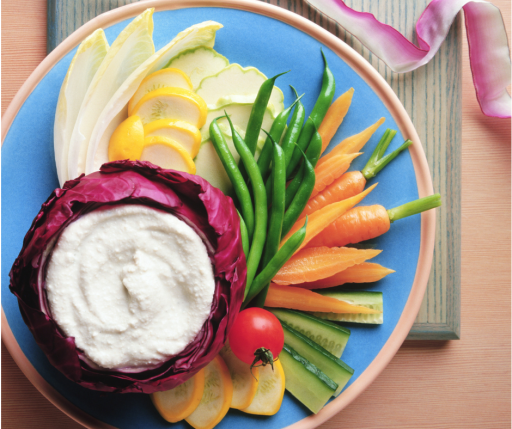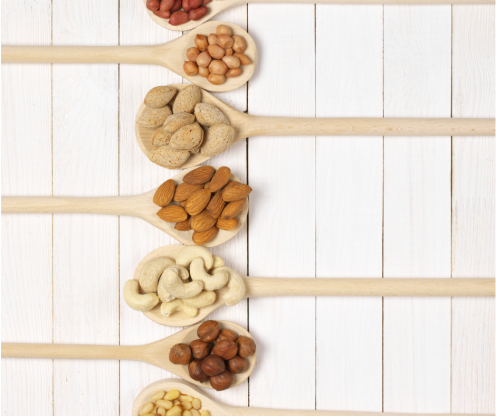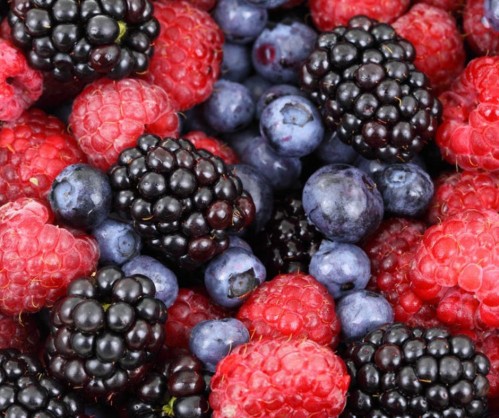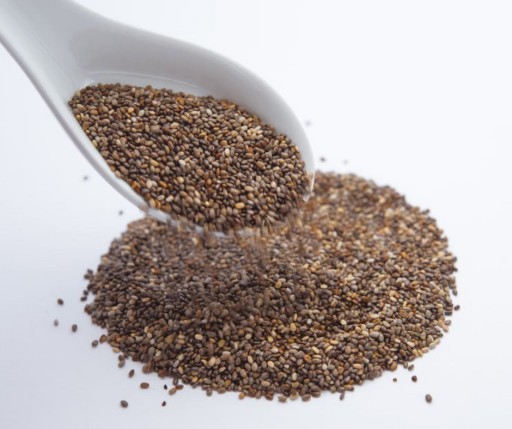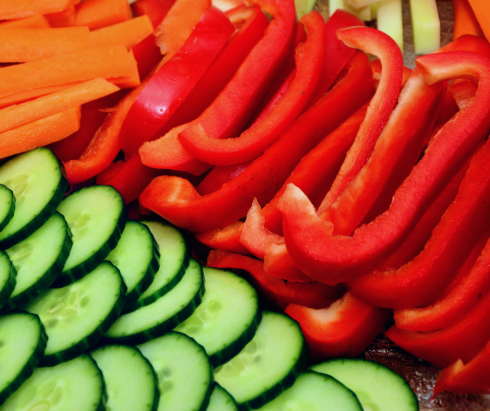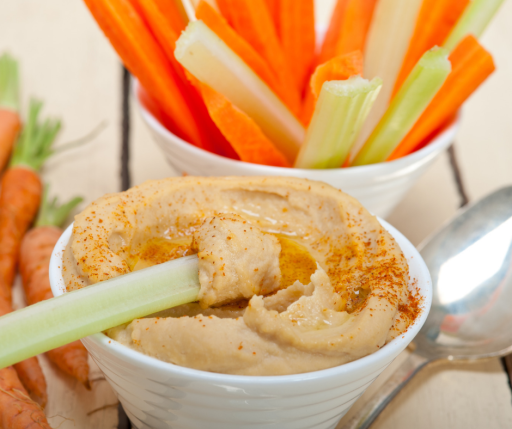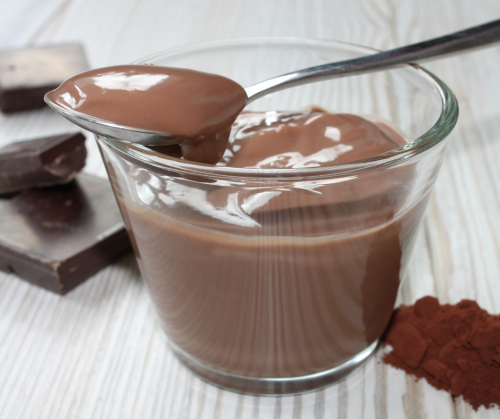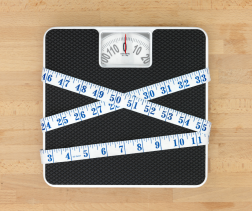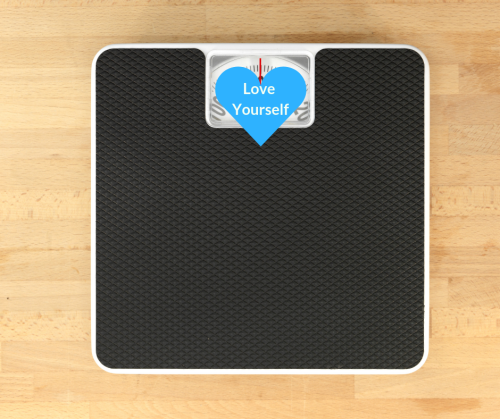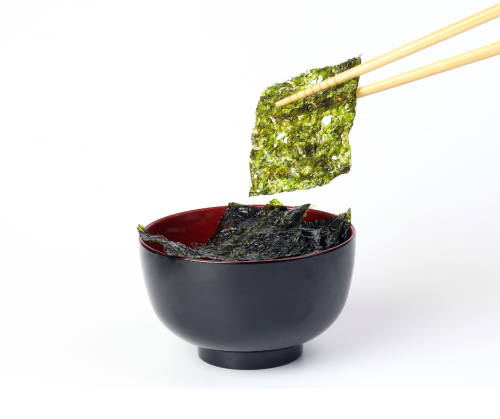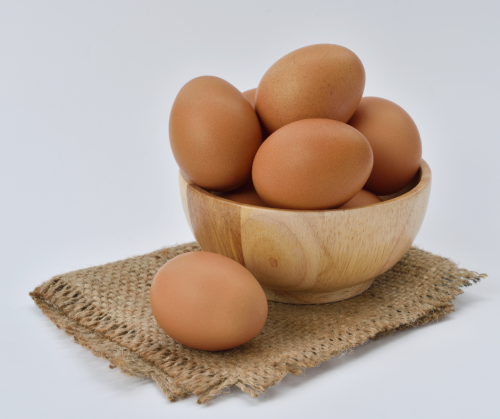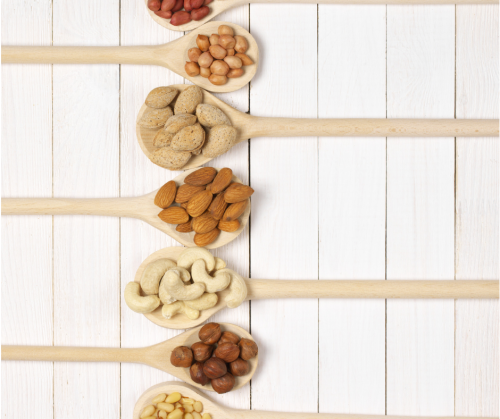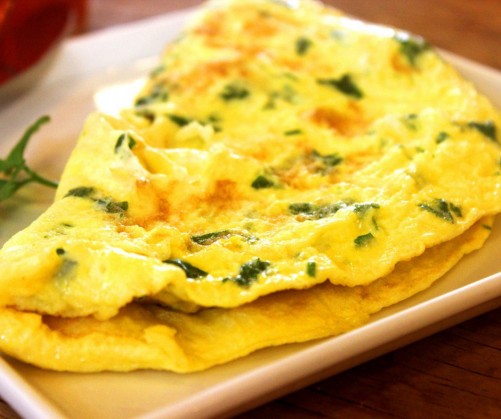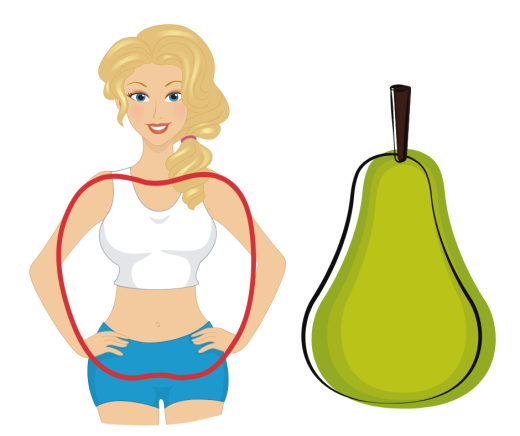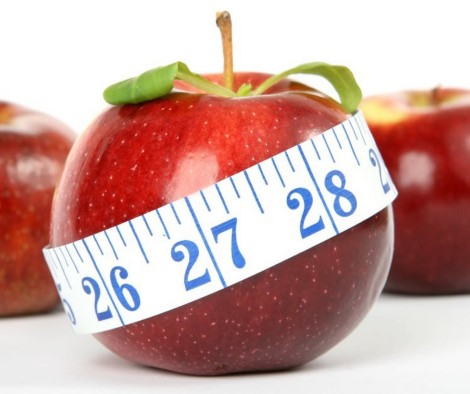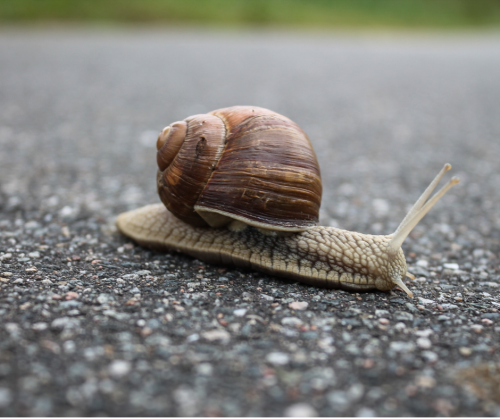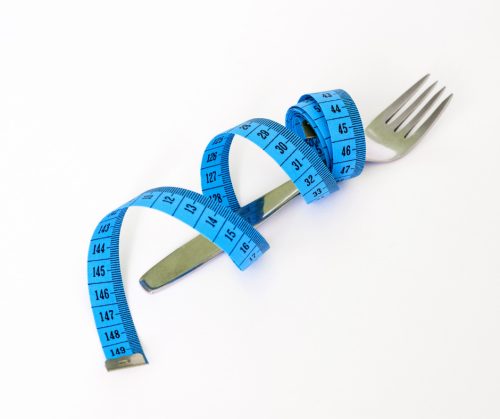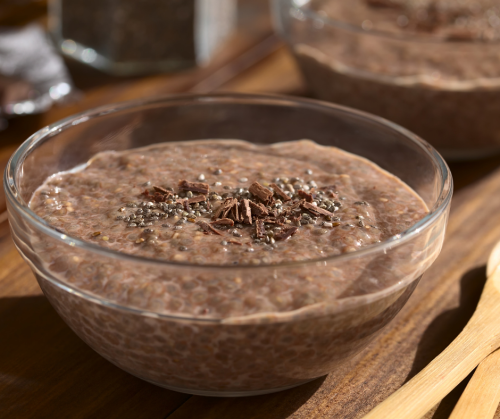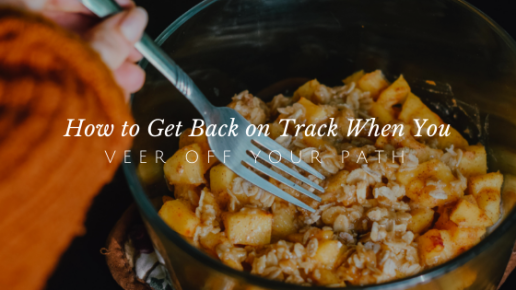
There’s nothing better than knowing that you’re progressing in your wellness journey and sticking to your healthy eating. Nothing better, except that slice of chocolate cake you’ll just have for that special occasion, or that delicious pile of pasta you’ve been saving your cheat meal for. To be clear, there really is nothing wrong with those in moderation, but sometimes those little treats lead to you completely straying from your path… and you might be having trouble finding your way back. Here are five tips that can help you get back on track.
- Don’t let one cheat meal throw off your entire week
Often, when we slip up and have a cheat meal or even a full day of unhealthy eating, we write off our hard work as “undone” and give up. We get back to unhealthy eating habits and steer right off the track. We all indulge sometimes— don’t let one unhealthy meal lead you to believe that you’ve undone all your progress. Simply get back on track and have a healthy, balanced meal for your next meal.
- Eat whole, unprocessed foods
Instead of complicating the “healthy eating rules” and measuring, calculating, and recording everything you eat, just remember to eat real, unprocessed, whole foods. This makes things very simple for you. This means eating lots of fresh vegetables, fruits, nuts, seeds, legumes, and proteins. Stay away from the pre-packaged meals and foods with ingredients that you can’t pronounce. This will often save you money and is the healthiest way to fuel your body.
- Plan and prepare your meals
The key to maintaining your healthy eating is always to be prepared. Don’t let a busy week leave you with no other option than to order takeout. You probably always hear the advice to meal-prep, but it really is one of the best ways to keep on track. Dedicate one day in the week towards washing and cutting your veggies, preparing some staples such as brown rice or chicken breast and store them in the fridge, so you have healthy options for the entire week. Hard boil eggs for a quick breakfast or snack. Pre prepping can work for pretty much any dietary plan you are following.
It will be easy to throw together a salad for lunch or dinner if you have your protein already cooked and veggies ready to go. Consider batch cooking too, which is basically pre-making whole meals in larger quantities that you can eat throughout the week or freeze & reheat.
- Keep an emergency food kit with you
Again, planning and preparing your meals is the most valuable thing you can do. If you’re hungry at the mall or your friend has no healthy snacks at her house, be prepared! Keep an emergency food kit with you. Pack a bag of nuts and seeds, homemade granola, hummus and carrots, an apple, or even some dark chocolate for dessert. Pack whatever healthy snacks YOU enjoy, so that you will actually eat them, and always keep a bottle of water with you.

- Stop restricting yourself and enjoy life!
A healthy lifestyle is all about balance. Don’t be so restrictive with your diet, or you will end up hating it, and you won’t enjoy the foods you eat. That’s no way to live life! Eat healthy, whole foods, and if you want a slice of cake once in a while, have it. It’s better to enjoy that cake than to stress about it while eating it. A negative mindset surrounding food is much more destructive than treating yourself once in a while and really enjoying it.
Being too strict about what we eat for long periods of time usually ends up in binge eating down the line and that can put us on the path to diet roller coaster hell.
Always in health,
Cynthia
More ways to connect with me:
Join my weekly newsletter for health & wellness tips, recipes & more.
Follow me on Facebook Prairie Hill Nutrition
Follow me on Instagram Cynthia Hill, NTP
Join my Facebook Group Live Your Best Health Forward!
http://www.prairiehillnutrition.com/

